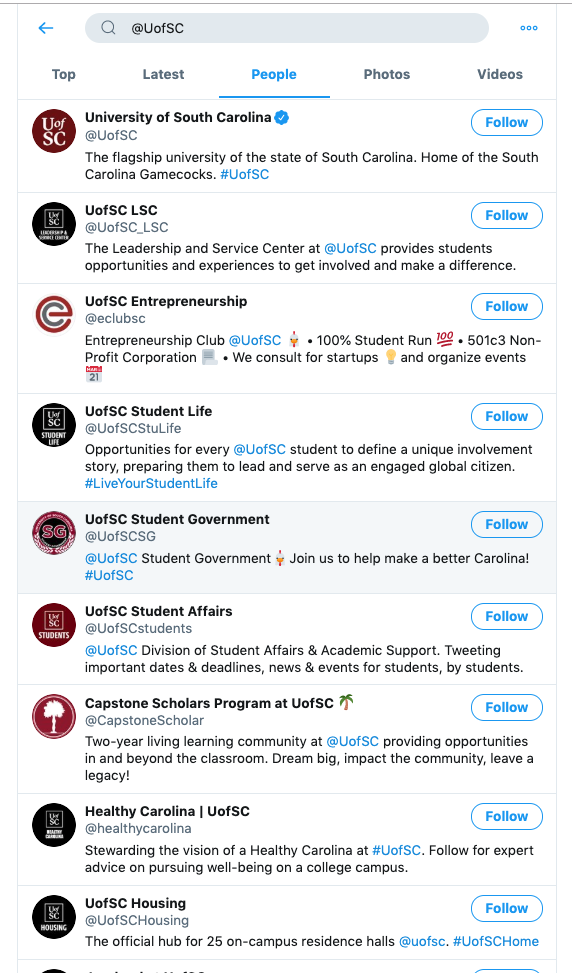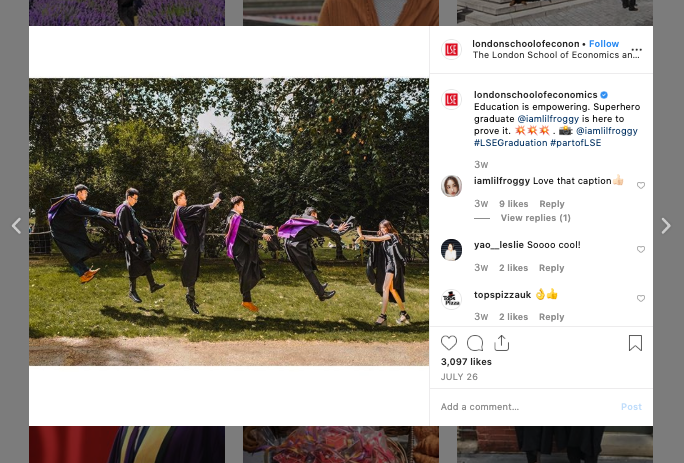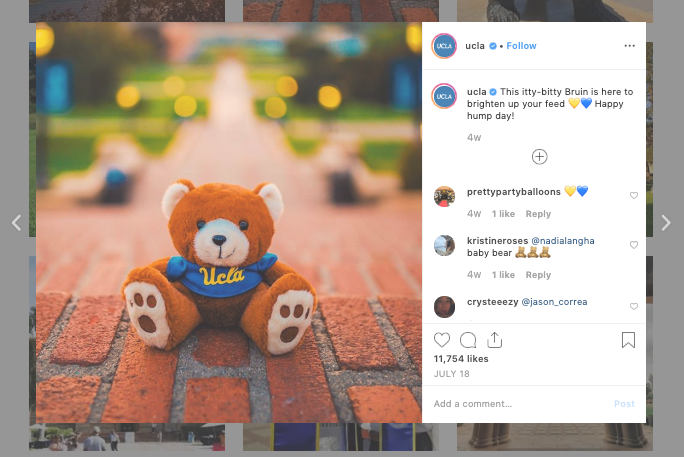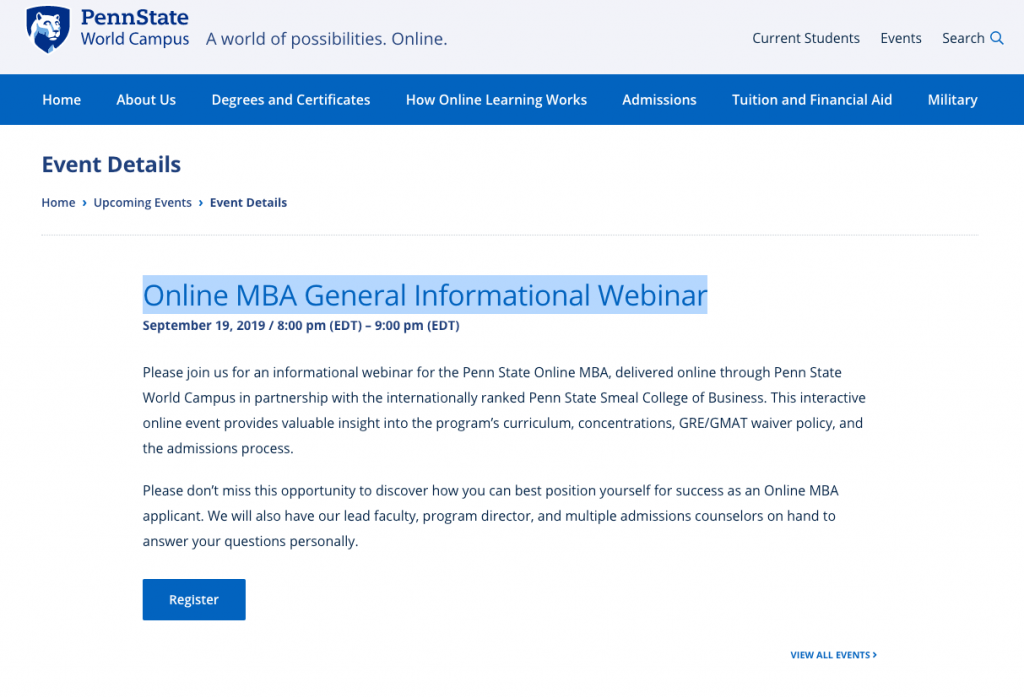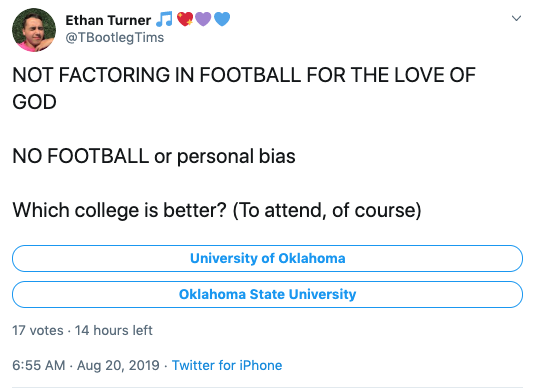Folks, it’s time to change student recruiting.
In fact, most recruitment activities are centered around college fairs and campus visits. While this has been effective for years, it’s out of touch with the way students look for schools today.
Students are online and connected 24/7.
And when it comes to finding their dream school, they do their homework online and early.
A survey found that 68% of students use social media to research colleges, and another found that 97% of schools use social media for online recruitment purposes.
So really, you’ll be falling behind if you don’t.
Sadly, just saying “join the best of the best” on your school’s homepage probably won’t cut it.
So, if you want to reach prospective students, engage with them, and convince them to choose your university, use social media.
In this blog post, you’ll find five ways you can try.
1. Show off campus life and school culture
Some of the biggest questions your prospective students may have are:
- What’s life really like at this school?
- What do students do after class?
- Is it all books and no fun?
Well, you’re in luck.
Social media is a great platform to cover school events. Whether it’s a rugby game or a sorority initiation, share highlights with prospective students on social.
This could be done via Facebook updates, live tweets, or recap videos on YouTube.
For example, the University of Southern California (UofSC) has plenty of social accounts dedicated to different aspects of student life:
And this is only a small fraction of the official UofSC accounts.
By creating separate accounts for separate activities, prospective students can better see the different communities and interests on campus.
So what should you share on these accounts?
Anything that shows off your culture or values, really.
Here are a couple of posts we think are awesome in demonstrating these.
A warm and inspiring story from Harvard.
A good use of UGC from the London School of Economics.
And a funky/furry message from UCLA.
This type of content really helps prospective students to understand your school values and culture beyond its sole academic activities.
2. Let your students speak
We are all influenced by our peers. This is the simple work of social proof.
Social proof means that a testimony from an enrolled student will always be more effective than any admissions officer’s presentation.
What’s more, content from students feels authentic and shows applicants a real look at what their life could be on campus.
MIT understands how much student-generated content plays a part in convincing prospective applicants.
Not only do they feature student blog posts on their admissions page, they have a YouTube channel with videos featuring students sharing their various college life experiences and challenges (as well as how to overcome them).
The University of Nottingham also has a whole series of vlogs by students covering topics like first year experiences, accommodation and dining options, and the best coffee shops around campus.
All of this student-generated content offer prospective students a different perspective on your school.
Sure, course offerings and admissions requirements are important, but the biggest question students have when they apply to a school is, “will I enjoy life here?”
Well, these videos produced by their peers answer just that.
They give applicants a better understanding of the real college experience they can have, and reasons to choose your school over another.
So, pick a topic, like sports or accommodation on campus, and invite students to share their opinions and experiences.
This can be done in whatever format, videos, photos, even tweets – as long as they are created by your current students.
3. Host live chats and Q&A
Deciding which university to go to is a big deal.
Naturally, most students will have lots of burning questions they want answered.
Hosting live chats and Q&A sessions on social media allows you to reach students no matter where they are.
And since they’re interactive and happen mostly in real time, they’re much more engaging than a simple email.
Another great thing about hosting these sessions is that anyone can join and benefit from the answers. One stone, many birds.
So how do you actually host a live Q&A?
Popular choices are Twitter chats or webinars.
Here’s an example from Penn State hosting a webinar for students to get information on and ask questions about their MBA program.
Start with frequently asked questions around admissions, like all the deadlines, procedures, and course or accommodation information, and then encourage applicants to ask any questions they might have.
Here are some examples of questions you could answer during a Twitter chat (while it is a slightly old example from 2015, questions are still relevant):

Instead of simply answering admissions questions, you can also ask questions to learn more about your potential applicants.
- What main factors do they consider when choosing a school?
- How did they find out about your program?
- What are some qualms they might have about your school?
Now, if you decide to host video Q&A, don’t forget to show your face — and not only your screen — in order to make things more human and connect with attendees on a personal level.
This can be done via Facebook Live, Blab, or Google Hangout.
4. Use videos
The video format is another awesome way for engaging prospective students, or explaining information and procedures.
Let’s take an example from University of California.
Videos are great for complicated and boring topics, too, like admissions procedures and financial aid.
The University of California created a whole playlist of videos to explain their loan, grant, and scholarship programs to help students:
5. Use social listening
It’s very likely that most of the questions and discussions around your school happen online.
So being proactive – finding and joining those conversations – is key to attracting prospective students and building relationships with newly enrolled ones.
Here’s an example from Sweden Admissions engaging with a happy student about to start studying in Sweden:
Now, answering these tweets is a given. After all, when someone is talking to you, you’re expected to answer.
But to really impress prospective students, join conversations that don’t mention your Twitter handle.
Here’s an example of a tweet comparing University of Oklahoma and Oklahoma State University:
While Ethan doesn’t have a large follower base, it would be great for one of these two to enter the conversation to try to defend their case.
And since none of them are directly mentioned in the tweet, it would come out as a positive surprise if they’d pitch in.
A social listening tool can help you identify these key conversations.
You can also use social listening to measure conversation trends, and see how students feel about your school in general.
To find conversations that may not mention your school’s handle directly, use a monitoring tool (like Mention, for example) to keep track of what students are saying.
Go where your students are
Students are changing the way they research and choose schools.
You can’t ignore social media as a recruitment platform. To keep up with them, you must leverage different platforms and media forms to improve your image, answer questions, or just simply stay on their radar.

